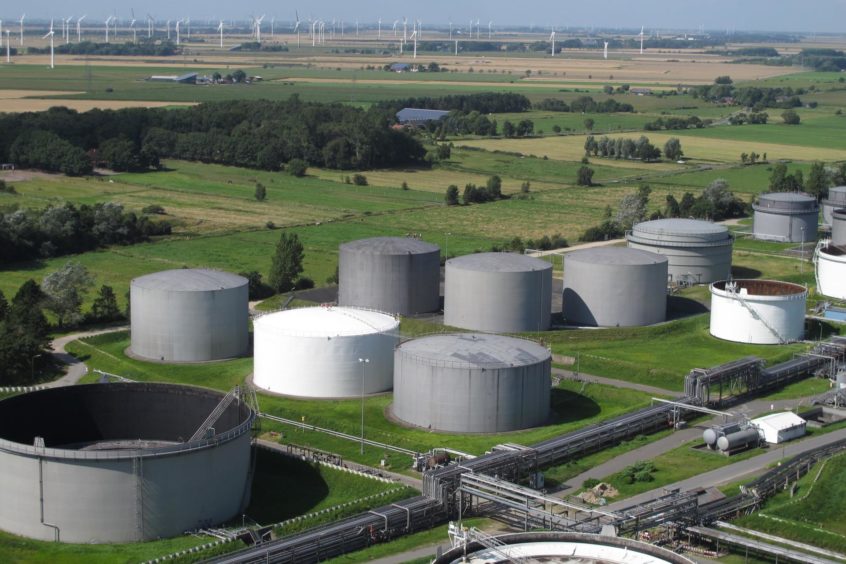
With revenues projected to reach nearly $4 trillion this year alone, the chemicals sector plays a significant role in the global economy – resulting in an equally significant environmental footprint. As the largest industrial consumer of both oil and gas, and the third largest contributor of global greenhouse gas emissions, the sector has rightfully earned its ‘hard to abate’ title.
But chemicals have a wide range of applications – from automobiles to electronics – and the sector forms the foundation of a number of global supply chains. And demand for chemical products is only set to grow.
So, how do we sustain industrial growth whilst remaining focused on delivering a low-carbon economy?
Today, there is no technology on the market that decarbonises the production of chemicals. If we are to accelerate the ‘race to net zero’, we must re-think our existing systems and processes and identify opportunities for innovation.
One potential solution for decarbonising chemical production relies on the use of green hydrogen – a solution we champion at Raffinerie Heide. Our Reallabor Westküste100 project aims to produce green hydrogen on an industrial scale, with the goal of decarbonising those emissions intensive sectors, such as chemicals.
To decarbonise chemicals, green hydrogen can be combined with captured CO2 to produce green methanol – a principal feedstock for a variety of chemical products. This green methanol can then be processed into olefins or aromatics (MtO or MtA), which in turn produce decarbonised base chemicals such as propylene, ethylene and toluene to name a couple.
By targeting emissions reductions at the very beginning of the supply chain, the decarbonisation of chemical production sends green ripples throughout the entire economy.
To put this into perspective, let’s take a look at automobiles. You’re an eco-conscious consumer, so you choose to drive a fuel-efficient car. Half of that car’s volume is made up of plastic – that’s what makes it so light. And looking back to the beginning of the supply chain, we see that the plastic was made from olefines. Assuming standard production processes, and with our knowledge of the sector’s fossil fuel consumption, we know that a significant amount of CO2 was emitted before your car even hit the road. But, if green base chemicals were used to produce the car’s plastic, its carbon footprint could be substantially reduced.
Conclusion
Whilst the solutions I have outlined above would undoubtedly advance low-carbon growth, it is important to emphasise that this is just one of many solutions needed to achieve broader climate goals. There is no singular pathway to net zero – if we continue to work collaboratively to find answers to our most complex environmental challenges, such as the decarbonisation of the chemicals, we will secure a cleaner future for our planet.
Juergen Wollschlaeger is CEO at Raffinerie Heide, Germany’s northernmost oil refinery
Recommended for you

 © Supplied by FTI Consulting
© Supplied by FTI Consulting